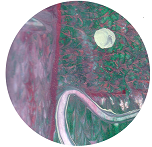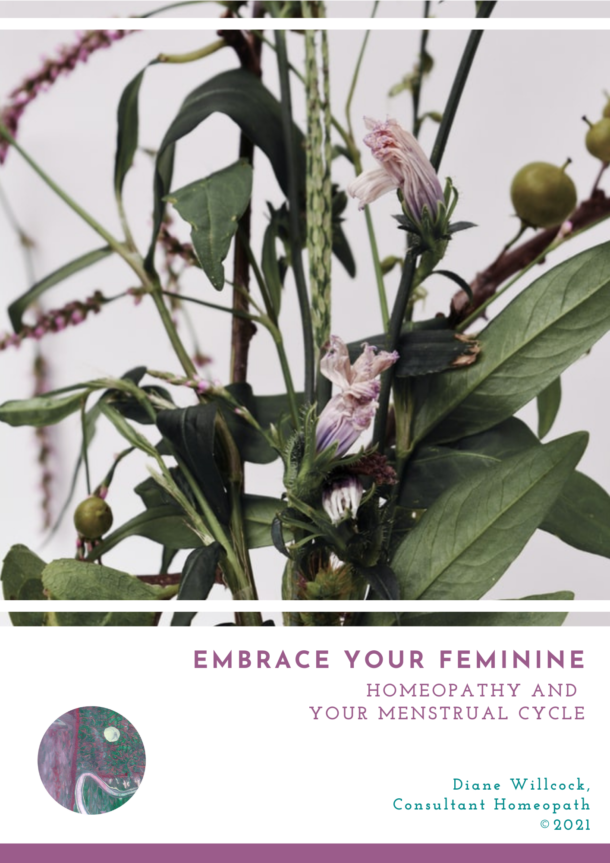Many women at some stage in their life will experience problems with their reproductive system and often this takes the form of abnormal bleeding. This seems to be topical at the moment with many reports of women experiencing ‘hemorrhagic events’ or ‘messed-up cycles’ in relation to so-called shedding from people who have had a certain injection. I’m still learning more about this phenomenon. Haven’t enough information yet to advise specifically but as with anything in homeopathy, we work with the symptoms.
What follows is some general advice on uterine bleeding.
Uterine bleeding can have various forms including heavy and prolonged periods, inter-menstrual bleeding , peri-menopausal flooding.
Possible causes include:
hormonal disturbances
ectopic pregnancy
miscarriage or threatening miscarriage
thyroid, pituitary gland or adrenal gland problems
structural abnormalities (e.g. fibroids, polyps or disordered size or position of uterus)
inflammatory conditions
bleeding disorder
sexually transmitted disease
cancer
use of medications (such as blood thinners)
Do seek a proper diagnosis
Unexplained bleeding and/or pain should always be checked out
Homeopathy can be useful for any of these situations. There are some situations where it appropriate for home prescribers to use remedies especially for acute treatment.
Constitutional treatment with a professional homeopath may be needed as well.
The following are some remedies that might be helpful.
Belladonna:
Menstruation early, profuse with bright red blood. Cramps in back and arms.
Bearing down pains worse for lying and better for standing.
Intensely painful menses with cutting pains across pelvis.
Secale cornutum:
Passive, painless flow of dark, watery blood. Worse for motion. The woman may be cold and feel as if ants crawling on her skin. Period lasts most of month.
Sabina:
Paroxysmal (i.e. in sudden gushes) flow of bright red blood which may feel hot, mixed with clots. There may be drawing pain in small of back from sacrum to uterus. Maybe history of miscarriage.
Lilium Tig:
Heavy menses with bearing down pains. Large clots. Bleeding stops when the woman is still – flow only when moving about.
Phosphorus:
Gushing, continuous, red and very hot. Patient cold and very thirsty.
Trillium:
Profuse hemorrhage (at perimenopause or periods that come every two weeks) with bright red blood, gushes at each movement;
sensation as if hips and back were falling apart, relived by bandaging tightly.
Flooding with fainting.
Ustilago:
Bright, partly clotted hemorrhages brought on by so slight a cause as digital examination.
Or oozing of dark, coagulated blood with long black clots.
May have pain in left ovary.
Millefolium:
Profuse, painless, bright red and fluffy. Especially after injury.
Ferum:
Haemorrhages with pale, watery blood with black clots. Early and profuse menses. Weariness in the legs.
Hamamelis:
Profuse intermenstrual bleeding with severe abdominal pain.
Aletris Farinosa:
Profuse, black blood with clots. Heavy periods, loss of appetite with disgust of food
Lachesis:
Thin fluid, dark blood which doesn’t coagulate. Pains relieved by flow. Often from fibroids.
Thlaspi Bursa Pastoralis:
Menopausal women with fibroids; heavy bleeding with large clots.
Heavy period every other month.
Anastatica hierochuntica:
A recent addition to the Materia Medica, this remedy (from the plant, Jericho Rose) seems to be effective for heavy bleeding from numerous causes.

Disclaimer: Information is provided for educational purposes only and is not intended to replace proper medical advice.





